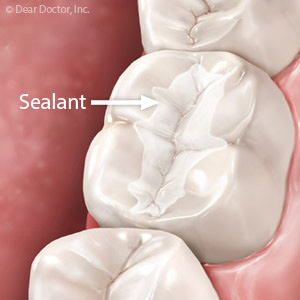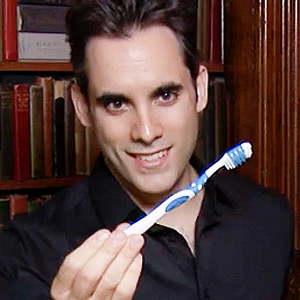

Advanced tooth decay is a serious dental problem that can threaten an affected tooth’s survival. But for decades now dentists have reliably used root canal treatment to better a decayed tooth’s odds. This routine procedure performed with dental drill and special hand tools removes infected tissue inside a tooth and replaces the voids with a filling to prevent future infection.
But now there’s a new way to perform a root canal—with a surgical laser. Lasers, amplified and focused light beams, aren’t new to healthcare—they’re an integral feature of many routine medical treatments and surgeries. But their use is relatively new to dentistry, and to endodontics (treating the interior of teeth) in particular.
Lasers can be used in root canal treatment to perform a number of tasks. They can remove diseased tissue and other debris from the innermost tooth pulp. They can be used to clean and shape root canal walls in preparation for filling. And they can also be used to soften and mold the filling material to fit more precisely within a tooth’s particular root canal network.
Although laser-assisted root canal therapy isn’t yet widespread, laser’s limited use to date has given us a fair picture of both their advantages and disadvantages. As with other medical laser applications, lasers are very precise in removing diseased tissue without too much disruption of healthy tissue. There’s less need for anesthesia than with dental drills, and lasers are a lot less noisy and jarring. Patients by and large experience less bleeding, as well as less discomfort or infection afterward.
But because laser light can only travel in a straight line, they’re difficult to use in many tightly curved root canals. In these cases, the traditional methods are better suited, although a laser can be used in conjunction with other tasks. Temperature with lasers must also be carefully managed lest the high heat that’s often generated damages natural tissues.
Although lasers won’t be replacing traditional treatment methods for decayed teeth in the foreseeable future, there’s hope they’ll become more commonplace as technology and techniques continue to advance. Lasers can only improve what already is an effective means of saving teeth.
If you would like more information on treatments for advanced tooth decay, please contact us or schedule an appointment for a consultation. You can also learn more about this topic by reading the Dear Doctor magazine article “Laser-Assisted Root Canal Treatment.”









